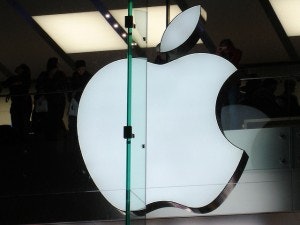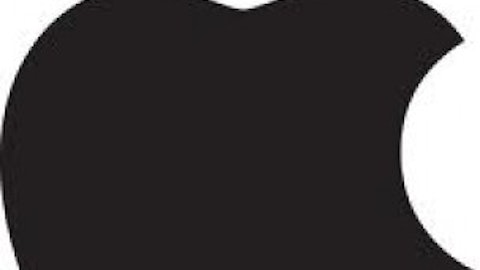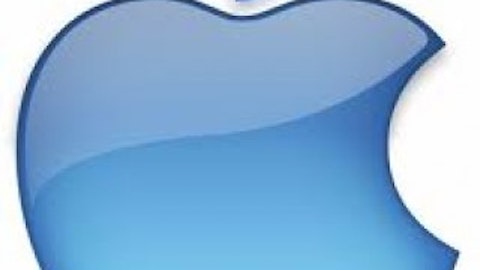Nowadays, there are a multitude of indicators for Apple Inc. (NASDAQ:AAPL) investors to watch, but it’s important to take note of a company’s short interest. A couple metrics we can use are: (a) the percentage of a company’s tradable shares that bears are presently shorting, plus (b) the difference in shorting activity.
Augmented shorting usually means what you’d think: the Street has grown less bullish on a company. Short selling that’s too high, however, sometimes has a bullish effect on stock price, as the shorts can be forced to buy their stock.
Within Insider Monkey, it is no secret that we pay attention to hedge funds’ sentiment, but it is eqaully as important to combine this data with overall short interest data. In some high-profile cases, large players might indicate that they’re bearish on a particular company, but it isn’t an SEC requirement. Nevertheless, many individual players may want to 
With that in mind, let’s take a gander at the latest data swirling around Apple Inc. (NASDAQ:AAPL).
Tracking the most recent FINRA short interest data, which is released twice every month, we can discover that Apple Inc. (NASDAQ:AAPL) has a short interest of 2.76% of float. This represents a -37% change from the previous filing at the end of April, with a total float of 938.30M shares and a days to cover ratio above 1.5.
It is also beneficial to keep an eye on hedge fund sentiment from their 13F forms. Of the funds we track, Citadel Investment Group, managed by Ken Griffin, holds the largest position in Apple Inc. (NASDAQ:AAPL). Citadel Investment Group has a $2.7662 billion call position in the stock, comprising 4.2% of its 13F portfolio. On Citadel Investment Group’s heels is David Einhorn of Greenlight Capital, with a $1.0614 billion position; 16.2% of its 13F portfolio is allocated to the company. Other peers that hold long positions include D. E. Shaw’s D E Shaw, Ken Fisher’s Fisher Asset Management and Phill Gross and Robert Atchinson’s Adage Capital Management.
Also, insider buying is most useful when the company in focus has seen transactions within the past half-year. Over the last half-year time period, Apple Inc. (NASDAQ:AAPL) has experienced zero unique insiders purchasing, and 3 insider sales (see the details of insider trades here).
Let’s check out activity in other stocks similar to Apple Inc. (NASDAQ:AAPL). These stocks are Hewlett-Packard Company (NYSE:HPQ), Google Inc (NASDAQ:GOOG), International Business Machines Corp. (NYSE:IBM), Microsoft Corporation (NASDAQ:MSFT), and Dell Inc. (NASDAQ:DELL). This group of stocks belong to the personal computers industry and their market caps are similar to AAPL’s market cap.
| Company Name | # of Hedge Funds | # of Insiders Buying | # of Insiders Selling |
| Hewlett-Packard Company (NYSE:HPQ) | 47 | 0 | 0 |
| Google Inc (NASDAQ:GOOG) | 148 | 0 | 11 |
| International Business Machines Corp. (NYSE:IBM) | 49 | 0 | 17 |
| Microsoft Corporation (NASDAQ:MSFT) | 89 | 0 | 4 |
| Dell Inc. (NASDAQ:DELL) | 61 | 0 | 1 |
This trio of figures–short interest data, hedge fund sentiment and insider trading history–are what all readers should pay attention to. Although it is difficult to discover a usable strategy from short selling data, hedge fund and insider sentiment provide plenty of market beating opportunities if you know where to look.

